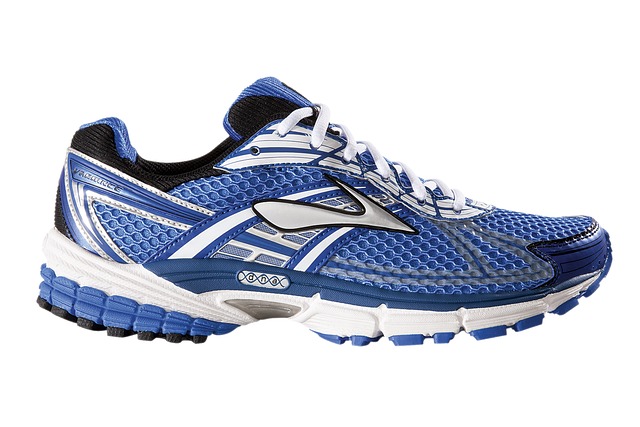The Art of Capturing Motion: A Photographer’s Guide to Flash Shoe Techniques
In the realm of photography, capturing motion is both an art and a science. When you press the shutter button to freeze a moving subject, every element of your camera setup becomes crucial. Among these, mastering the use of the flash shoe can transform your images from simple snapshots into dynamic stories bursting with energy and life.
The flash shoe—also known as the hot shoe—is that little but powerful mount on top of your camera where you attach external flash units or other accessories. It might seem like a small feature, but it holds the key to controlling light in ways that standard camera flashes simply can’t match. For photographers looking to improve their shots in fast-paced environments—think sports, dance, or urban street scenes—the flash shoe is an indispensable tool.
Why is it so important? Motion is tricky because the human eye perceives movement smoothly, but cameras capture a split second. When your subject is moving quickly, relying only on natural or ambient light can lead to blurred, unclear photos. By using an external flash attached via the flash shoe, you can deliver a burst of light so potent and precisely timed that it freezes the motion like magic, illuminating details that might otherwise be lost in the blur.
But it’s not just about lighting up the scene. Understanding the optics involved when using a flash through the flash shoe can elevate your technique. When your external flash fires, it interacts with the lens and sensor optics, requiring adjustments in exposure to maintain balance in your photo. Flicking through the camera settings and tweaking shutter speed, aperture, and ISO can work in tandem with the flash’s power and angle to create perfectly exposed images, even in complex lighting conditions.
Experimenting with flash positioning is another way to harness the flash shoe. Sometimes, direct lighting from an on-camera flash can create harsh shadows or washed-out subjects. Mounting a flash on the shoe and using off-camera triggers or bounce techniques allows for more creative control, softening light and enhancing textures—bringing the story of motion alive in every pixel.
Whether you are a budding photographer or a seasoned pro, incorporating knowledge of your flash shoe into your workflow adds a versatile dimension to your exposure toolbox. So next time you want to capture the beauty of movement—whether it’s a dancer mid-leap or a cyclist speeding past—remember that the secret might just lie in how you harness the power of your camera’s flash shoe.



